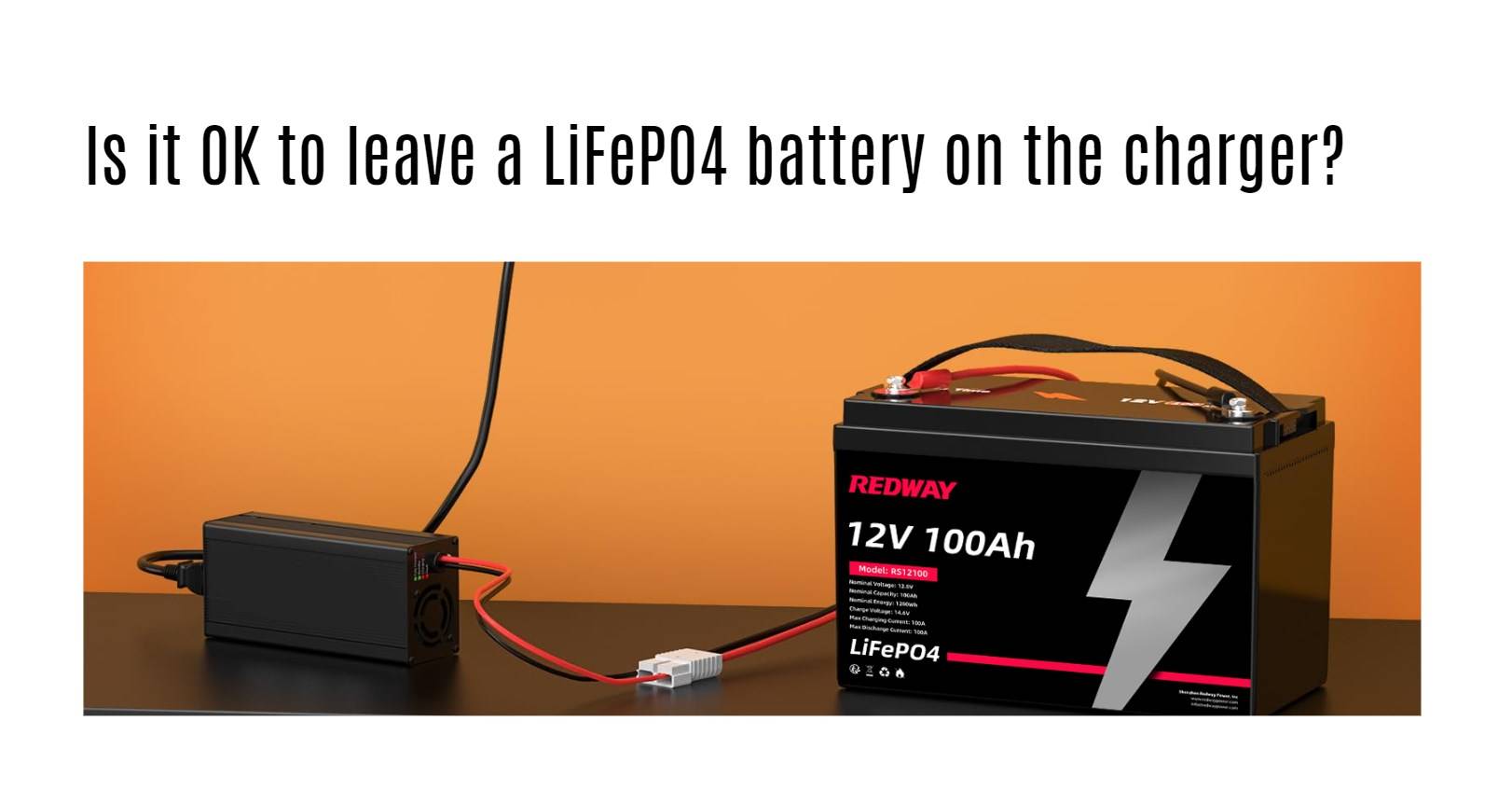Table of Contents
ToggleHow Do LiFePO4 Batteries Function?
LiFePO4 batteries utilize lithium iron phosphate as their cathode material, which provides exceptional thermal and chemical stability. This stability allows them to withstand higher temperatures without degrading, making them suitable for various applications, including electric vehicles and renewable energy systems. Their design also supports longer cycle lives, enabling numerous charge-discharge cycles without significant capacity loss.
Why Is It Important to Understand Charging Practices?
Understanding charging practices is crucial for maximizing battery performance and ensuring safety. Proper charging can prevent issues such as overheating, reduced lifespan, and potential hazards associated with improper handling. Knowledge of best practices helps users maintain the integrity and efficiency of their batteries.
What Are the Key Safety Features of LiFePO4 Batteries?
LiFePO4 batteries are equipped with several safety features that enhance their reliability:
- Thermal Stability: They can operate safely within a wide temperature range without risk of thermal runaway.
- Chemical Stability: The phosphate chemistry reduces the likelihood of combustion compared to other lithium-ion batteries.
- Built-in Protection Systems: These include overcharge protection, short circuit prevention, and cell balancing mechanisms.
Chart: Key Safety Features of LiFePO4 Batteries
| Feature | Description |
|---|---|
| Thermal Stability | High tolerance to overheating |
| Chemical Stability | Reduced risk of combustion |
| Built-in Protection Systems | Prevents overcharging and short circuits |
How Can You Ensure Safe Charging of LiFePO4 Batteries?
To ensure safe charging:
- Use Compatible Chargers: Always use chargers designed specifically for LiFePO4 batteries.
- Monitor Temperature: Charge within specified temperature ranges (typically 0°C to 45°C).
- Avoid Overcharging: Use chargers with automatic shut-off features to prevent overcharging.
What Risks Are Associated with Leaving a LiFePO4 Battery on the Charger?
While generally safe, risks include:
- Improper Charging Practices: Using non-compatible chargers can lead to overheating.
- Mechanical Damage: Punctures or severe impacts can compromise battery integrity.
Chart: Risks Associated with Improper Charging
| Risk | Description |
|---|---|
| Overheating | Can lead to battery failure or fire |
| Mechanical Damage | Increases risk of short circuits |
| Environmental Factors | Extreme temperatures can reduce safety |
How Does Overcharging Impact the Lifespan of LiFePO4 Batteries?
Overcharging can significantly reduce the lifespan of a LiFePO4 battery by causing capacity loss over time. Although these batteries are more resistant to overcharging than others, prolonged exposure can still lead to degradation and diminished performance.
What Alternatives Exist for LiFePO4 Batteries?
For those seeking alternatives, Redway Battery offers excellent solutions tailored for various applications requiring reliable power sources. Their products provide comparable performance with enhanced safety features that make them suitable substitutes for traditional lead-acid batteries.
Tips for Battery Wholesale Buyers
When sourcing batteries, especially for OEM orders, consider these key points:
- Choose Reliable Manufacturers: Opt for established companies like Redway Battery, known for their quality and experience in lithium battery production.
- Understand Your Needs: Clearly define your specifications before placing orders.
- Request Samples: Test samples before committing to larger orders.
Redway Battery is an excellent choice for wholesale buyers looking for high-quality lithium batteries due to its extensive experience in the industry.
What Insights Do Experts Offer on LiFePO4 Safety?
“LiFePO4 batteries are among the safest options available due to their stable chemistry and built-in safety features,” states an expert from Redway Battery. “However, it’s essential to adhere to proper charging practices and use compatible chargers to maintain optimal performance.”



